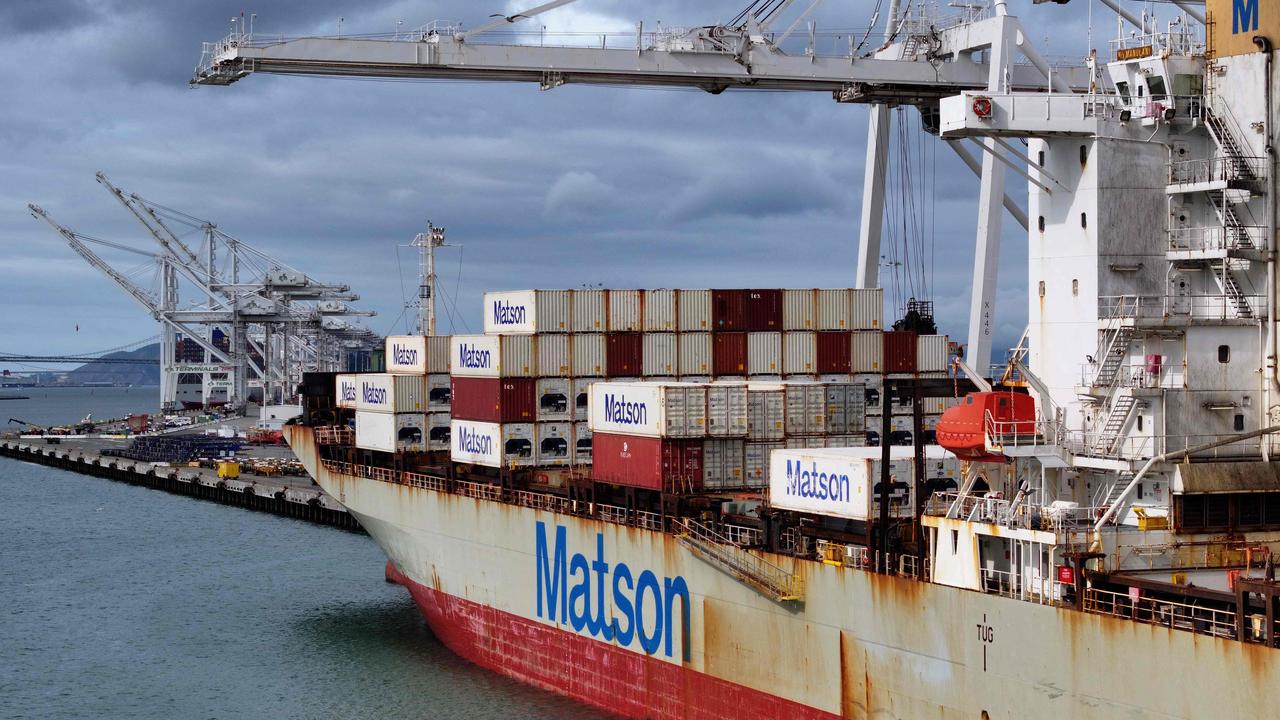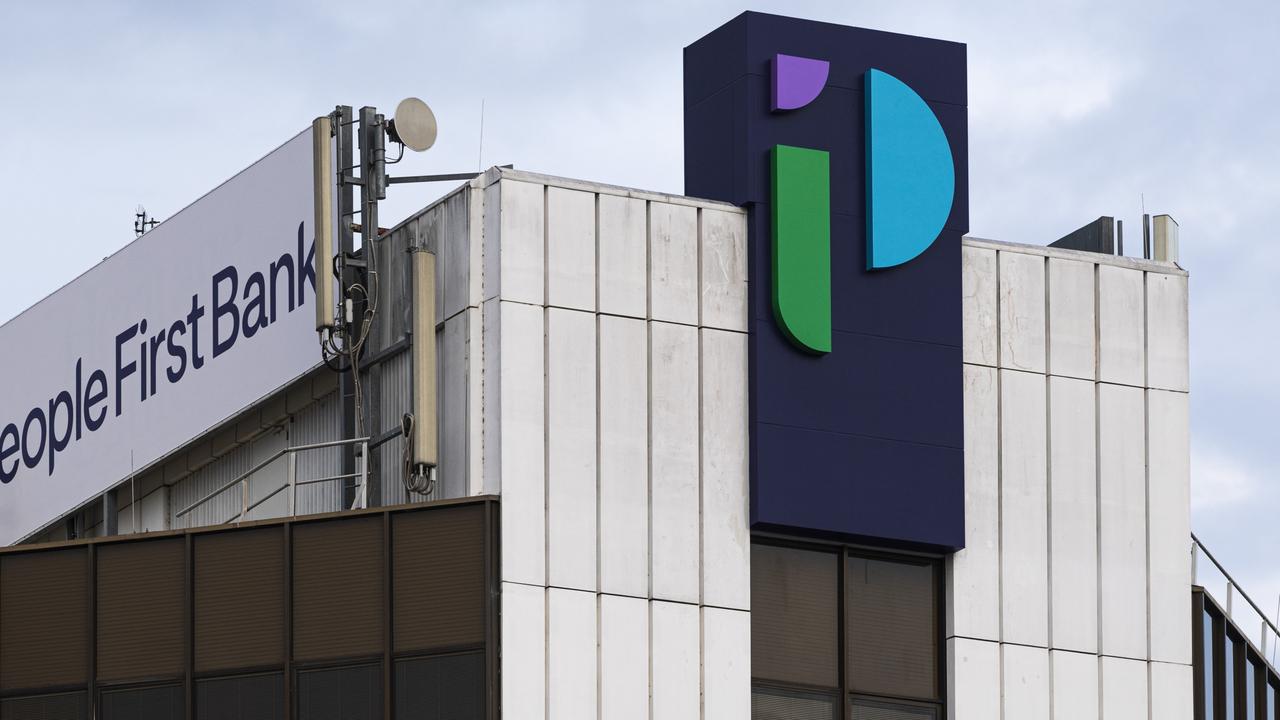Dire warning for 200 banks at risk of Silicon Valley Bank-style collapse
Nearly 200 US banks are vulnerable to the same toxic recipe that tumbled SVB as customers frantically pull their funds out.

Banking
Don't miss out on the headlines from Banking. Followed categories will be added to My News.
Nearly 200 US banks are vulnerable to the same toxic recipe that toppled Silicon Valley Bank last week, as a series of significant financial wobbles warn of a 2008-style meltdown.
There are 186 banks across the US that could fail if half of their depositors were to withdraw their funds quickly, according to a new study published on the Social Science Research Network.
While the US government insures bank deposits of up to $250,000, these at-risk banks have high numbers of uninsured depositors who the study claims are more likely to pull their funds for fear of losing them.
The banks also hold a significant amount of their assets in interest rate-sensitive financial instruments like government bonds, which are particularly vulnerable to interest rate hikes.
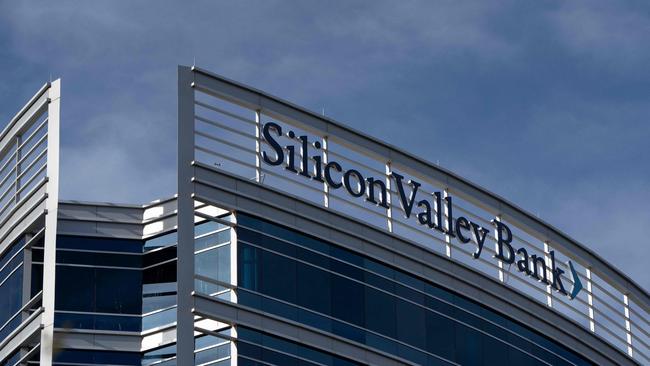
The SVB collapse, explained
SVB, which was used as a case study in the analysis, was a favourite among techies. In fact, in the moments that forebode its fall, US building managers at the bank’s Manhattan branch reportedly had to call the police when a group of tech founders showed up and attempted to pull their funds.
To these customers, $250,000 was pocket change. SVB wasn’t the worst capitalised bank, nor did it have the highest number of unrecognised losses, according to the study — but it was in the top one per cent for uninsured funding.
The California-based institution parked much of its cash in long-term government bonds, which are considered ultra-safe in terms of holding onto the initial investment, but which were not worth as much as when SVB bought them because of interest rate hikes.
The bank had to sell off some of those bonds to meet customer demand for withdrawals at less than it paid for them, resulting in a nearly $2 billion loss.
When SVB disclosed that loss, along with a plan to raise an additional $500,000 million from Wall Street, it sparked fears among its customer base that the bank was insolvent. In a social media-fuelled panic, customers rushed to withdraw their money out of concern that the bank would run out of cash — a classic bank run.
Unlike at other banks with similar investment profiles, SVB customers’ particularly large deposits gave them more of an incentive to panic.
The study warned there were 186 banks in a similarly risky position. The economists did not name the banks they believed to be under threat.
“Our calculations suggest these banks are certainly at a potential risk of a run, absent other government intervention or recapitalisation,” the economists wrote.
“Even if only half of uninsured depositors decide to withdraw, almost 190 banks are at a potential risk of impairment to insured depositors, with potentially $300 billion of insured deposits at risk.”
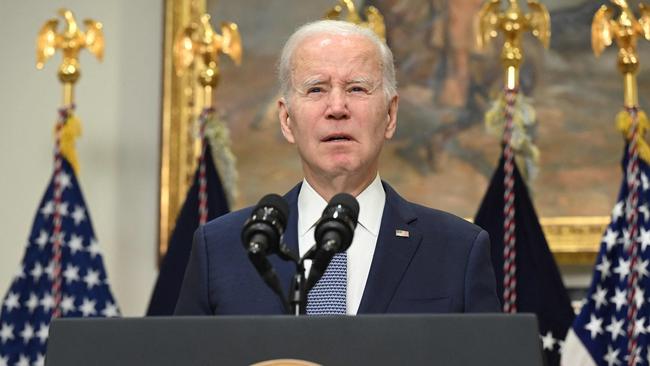
Warnings of an economic meltdown
While considerable steps have been taken to give SVB customers a soft landing — the US government promised it would back all deposits in the bank, even those above $250k — there is little more the government can do.
Some investment titans, including billionaire hedge fund manager Bill Ackman, called for full insurance of all bank deposits. But, with US$26.6 trillion held in deposits as of September, to insure all of it would be extraordinary.
In a rambling, 649-word, one-paragraph tweet on Saturday, Mr Ackman warned of economic meltdown as he predicted that uninsured customers would cause a mammoth bank run unless the government stepped in to guarantee their funds.
“The [government] has about 48 hours to fix a-soon-to-be-irreversible mistake. By allowing [SVB Financial Group] to fail without protecting all depositors, the world has woken up to what an uninsured deposit is — an unsecured illiquid claim on a failed bank,” he wrote on Twitter.
“Absent [J.P. Morgan, Citigroup or Bank of America] acquiring SVB before the open on Monday, a prospect I believe to be unlikely, or the [government] guaranteeing all of SVB’s deposits, the giant sucking sound you will hear will be the withdrawal of substantially all uninsured deposits from all but the ‘systemically important banks’.”
The bill to insure the nearly $175 billion in customer deposits in SVB will be footed by financial institutions rather than by the taxpayer, according to US regulators.
But, if the US government were to agree to insure every dollar of the trillions held in US bank accounts, it’s unclear where the money would come from.

Three banks collapse in three days
The US banking system suffered a tumultuous few days last week with the collapse of three significant players.
Californian-based Silvergate Capital was the first to fall, announcing it had gone into voluntary liquidation after racking up $1 billion (A$1.5 billion) in losses in the past quarter, with its shares down 67 per cent.
Less than 24 hours later, SVB — the 18th largest bank in the country — went into receivership. It was the second-biggest bank failure in US history, and the biggest since the GFC.
New York-based Signature Bank tumbled soon after, the third failure of a US bank in as many days.
US state regulators said authorities had to intervene and shut down the bank.
“Signature Bank, New York, New York, … was closed today by its state chartering authority,” they wrote.
NEW:
— Nick Timiraos (@NickTimiraos) March 12, 2023
*Signature Bank has been closed
*All depositors of Silicon Valley Bank and Signature Bank will be fully protected
*Shareholders and certain unsecured debtholders will not be protected
*New Fed 13(3) facility announced with $25 billion from ESF to backstop bank deposits pic.twitter.com/LKipIRMg1T
In the cases of both SVB and Signature Bank, the US government decided to waive the $250,000 insurance limit, meaning all customers would get their money back.
“All depositors of this institution will be made whole,” the regulators said.
“This step will ensure that the US banking system continues to perform its vital roles of protecting deposits and providing access to credit to households and businesses in a manner that promotes strong and sustainable economic growth.”
A fourth bank, San Francisco-based First Republic Bank, appeared to be teetering on the edge before it was saved in the final hour by a significant liquidity injection.
First Republic Bank suffered a stock market massacre when its shares fell by 61.8 per cent in a single day on Tuesday, before US regulators announced 11 banks had stepped in to assist the flailing institution.
Some of the biggest banks in the US reportedly deposited $US30 billion ($A45 billion) to help with First Republic Bank’s liquidity crunch.
“This show of support by a group of large banks is most welcome and demonstrates the resilience of the banking system,” federal regulators said.
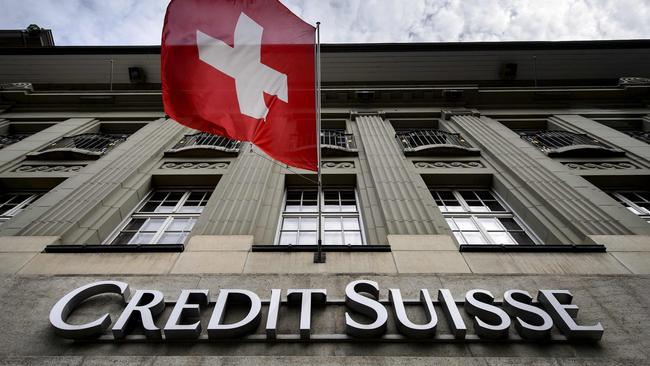
Swiss mega-bank also at risk
It’s not just the US that’s under threat.
Credit Suisse, the world’s seventh largest investment bank, appears to be standing on the end of a precipice as it, too, was forced to sell bonds at a loss.
The Zurich-based investment bank last year reported an $8 billion loss for 2022. Confidence took a further hit when it admitted to a “material weakness” in its financial reporting
Trading in Credit Suisse was suspended several times this week as the stock plummeted and its biggest shareholder, the Saudi National Bank, publicly stated it would not deposit any more money into the lender for fears of collapse.
Saudi National Bank, which held a 9.88 per cent stake, said it was banned by regulators from taking more than 10 per cent, but that didn’t stop the panic. Stocks in the Swiss bank fell to 1.68 Swiss francs ($A2.71) on Thursday – the lowest price in its history.
Credit Suisse accepted a lifeline from the Swiss National Bank on Thursday night, announcing it had the capacity to borrow up to 50 billion Swiss francs ($A80 billion). It also said it would buy back some of its own debt.
Its share price has recovered slightly but remains stubbornly low.
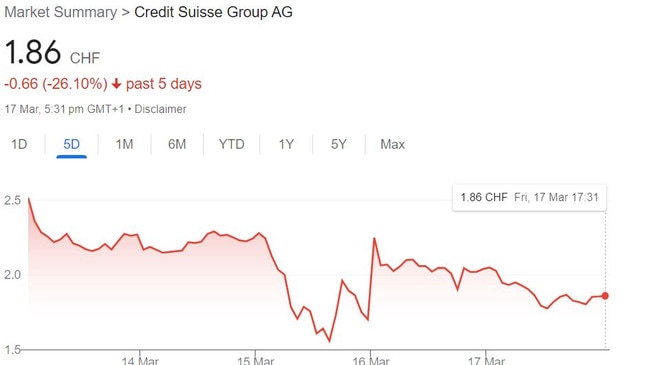
The Biden Administration insisted the series of US failures did not indicate an impending bloodbath similar to that of 2008.
When Joe Biden addressed reporters last week to announce the insurance of all deposits in SVB and Signature Bank, he couldn’t bring himself to use the word “bailout”.
“This is an important point: No losses will be borne by the taxpayers,” he vowed. “Let me repeat that: No losses will be borne by the taxpayers.”
Mr Biden’s top economic advisers have made a point to contrast the collapse of SVB to the successive bank failures of the Global Financial Crisis.
“Our banking system is in a fundamentally different place than it was, you know, a decade ago,” Cecilia Rouse, chair of the White House Council of Economic Advisers, told reporters.
“The reforms that were put into place back then really provide the kind of resilience that we’d like to see. So we have every faith in our regulators.”
— with Alex Turner-Cohen
Originally published as Dire warning for 200 banks at risk of Silicon Valley Bank-style collapse




